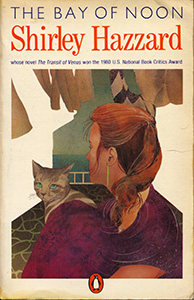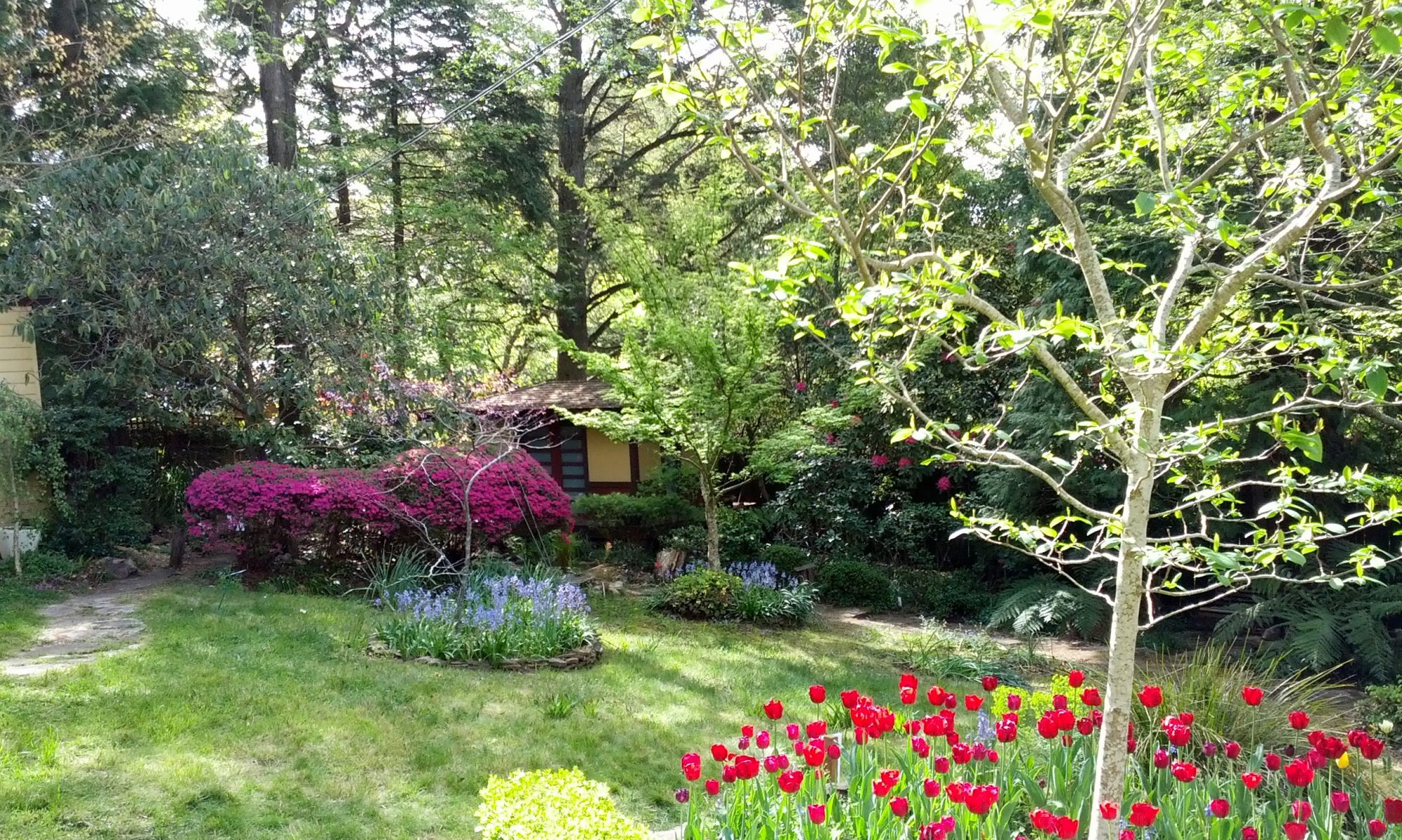 As you can see from the cover I bought this novel many years ago. I would have been attracted by the title and by the setting – Naples. I must have started reading it and found it not to my taste. Looking for something (OK, I admit it – shortish) for the Australian women writers’ reading challenge, I plucked it off my shelf and attacked it anew – only twenty years on the ‘to read’ pile.
As you can see from the cover I bought this novel many years ago. I would have been attracted by the title and by the setting – Naples. I must have started reading it and found it not to my taste. Looking for something (OK, I admit it – shortish) for the Australian women writers’ reading challenge, I plucked it off my shelf and attacked it anew – only twenty years on the ‘to read’ pile.
I know why I didn’t like it first time around: the prose is difficult and mannered, cerebral and artistic, rather than rich and evocative. It reminds me of Henry James or Patrick White, two writers I’ve never warmed to. Another writer that Hazzard reminds me of is Iris Murdoch with her distancing, clever prose and forensic character analysis. I can’t say I loved this novel but I think Hazzard is up there with Murdoch.
The actual plot of The Bay of Noon is pretty thin. It’s the 1950s and a young woman, Jenny, takes up a job to translate a report at a military base near Naples. Before leaving England she gets a letter of introduction from an actor acquaintance to a woman in Naples who has something to do with films. Immediately she meets her, Jenny feels at home with Giaconda and strikes up a friendship. Jenny is introduced to Giaconda’s married lover, Gianni, a film director from Rome. Meanwhile Jenny is compelled into a friendship with another expat, Justin, a Scottish scientist working in Naples.
With these characters in play, nothing much happens on the surface but it is the undercurrents of love, need, jealousy and betrayal that Hazzard is interested in. If the words ‘love, need, jealousy’ sound trite they are anything but in Hazzard’s hands. The characters, especially Giaconda and Gianni, are too sophisticated, or perhaps too damaged, to reveal themselves easily, and Jenny, from whose focalisation the story is told, is both brutally honest, and something of an innocent.
When I first bought this novel, Naples would have sounded terribly exotic: sun-bleached cliffs, blue bays, Pompeii – but having been there in the interval, I can now appreciate the characters’ ambivalence about it. Hazzard notes how there is really only one open civic square in the whole city; the rest is enclosed, narrow lanes, humanity piled on top of each other. Giaconda lives on the top floor of an old apartment block on one such lane while Jenny escapes the claustrophobia by renting a small apartment overlooking the Bay of Naples, (hence ‘the bay of noon’) affordable because of the difficulty of access.
There isn’t a lot of description of the city in this novel and what there is is certainly not postcard perfect. As with the characters, Hazzard is restrained, detailed and oblique.
I may not have loved this novel but I am glad that I read it; it reads like a classic, by that I mean, a guiding intelligence conveyed through masterful hands.

